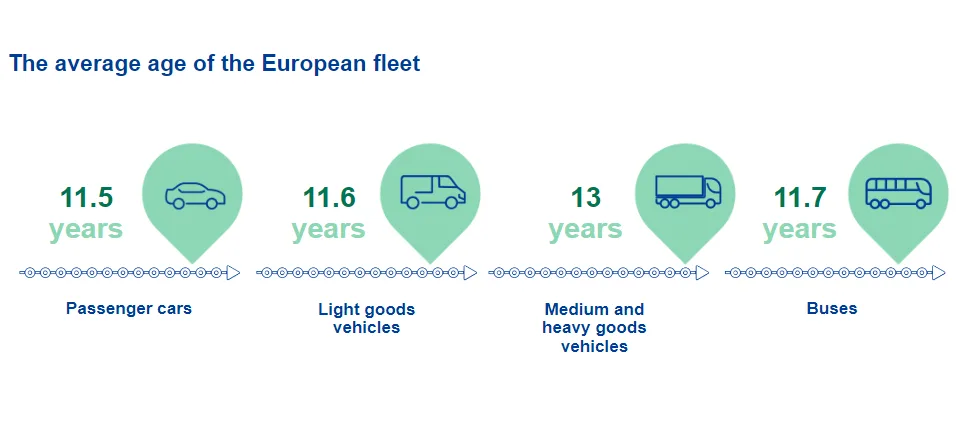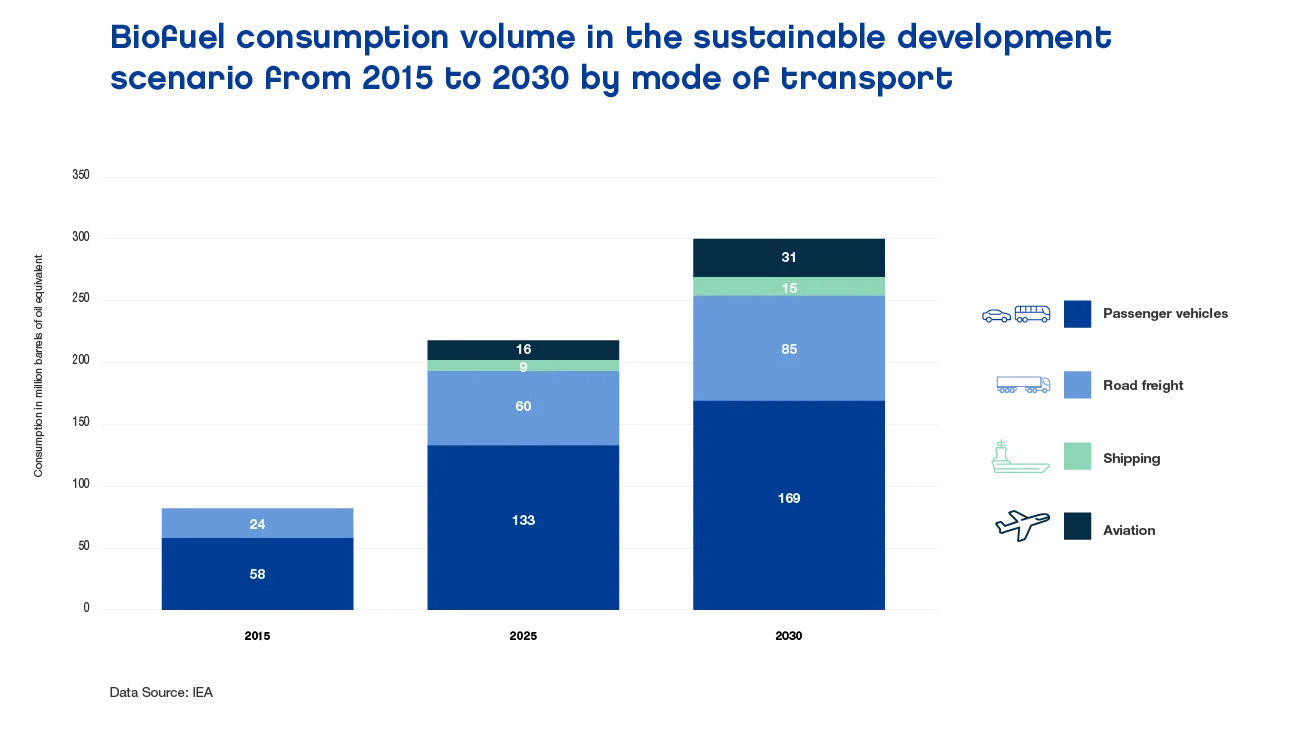
Transportation
4 minute read
Why does transport need renewable fuels?
Transportation accounts for about a quarter of global energy consumption, and is a major source of emissions.
Since the introduction of the first steam-powered train in 1804, fossil fuels have come to power the vast majority of transports on land, at sea and in the air. Every year, we use about 4.5 billion tonnes of oil. Most of it is used to fuel transports: altogether 2.7 billion tons is used in cars, trucks, planes and ships.

Source: Neste. Data source: IEA
Fossil fuels such as oil, natural gas and coal are non-renewable resources. We draw on these reserves while the formation of new supplies takes a very long period of time. By using these fossil fuels, we release massive amounts of carbon, that was previously trapped deep underground, into the atmosphere in the form of CO2. This needs to change – fast. But this change will require a broad range of solutions.
Electric vehicles are often heralded as The Solution, and they surely will be key to reducing emissions. But electrification alone will not be enough. In 2020, the 10 million electric vehicles on the road replaced only a small fraction of all fossil fuels. The adoption of electric vehicles is accelerating, but even if we reach the International Energy Agency’s estimates of 600 million electric cars by 2040, we will replace less than 15% of fossil fuels used today.
We need to embrace all other solutions.
Hydrogen can help, but we need to exponentially scale up the production of green hydrogen, which today represents only 1% of hydrogen production. This will take time. E-fuels made with hydrogen and CO2 look very promising, but they also require green hydrogen.
Even when assuming greater uptake of electric and hydrogen-powered vehicles, a substantial part of the vehicle fleet will still be powered by internal combustion engines in 2030 and beyond. More sustainable solutions are, therefore, needed for vehicles that are already on the road today and in the foreseeable future.

Source: Neste. Data source: IEA
Renewable fuels are an important part of the sustainable mobility puzzle. Renewable fuels, like Neste MY Renewable DieselTM, are derived from sources that are constantly regenerating, such as waste, residues and other raw materials that have absorbed CO2 during their growth. When renewable fuels are burned, they do not emit new carbon dioxide into the atmosphere. When produced from 100% renewable raw materials, renewable fuel use can result in greenhouse gas emissions savings of up to 75-95%* over the fuel’s life cycle when compared to fossil fuels.
In 2019, renewable fuels helped replace close to 4% of all the fossil oil used in transportation around the world. Substantial investment and the inclusion of new raw materials could allow for close to 40% of today's oil consumption in transport to be replaced by 2040.
Some renewable fuels, such as Neste’s renewable diesel, enjoy another major advantage: they can make use of existing infrastructure, and can be used in existing diesel-powered cars, trucks, planes and ships. Today, Neste already produces 3.3 million tons of renewable products such as transport fuels, and Neste’s total production capacity of renewable products will increase to 5.5 million tons by the beginning of 2024. The volume of renewable fuels could be scaled up exponentially by using an ever-expanding base of raw materials, such as waste that societies generate.

Source: Neste. Data source: IEA
By combining electric vehicles and renewable fuels, we can substitute more than half of global crude oil use in transportation. Other solutions such as green hydrogen, renewable fuels made from CO2-absorbing algae and e-fuels can contribute to a further replacement.It is clear that we need to make the change from fossil fuels to renewable solutions, whether renewable electricity, renewable hydrogen or renewable fuels.
*) The GHG emission reduction of Neste MY Renewable Diesel. The reduction provided by the product may vary depending on the region-specific legislation that provides the methodology for the calculations (e.g. EU RED II 2018/2001/EU for Europe and US California LCFS for the US), and the raw material mix used to manufacture the product for each market.
Credits: Neste




